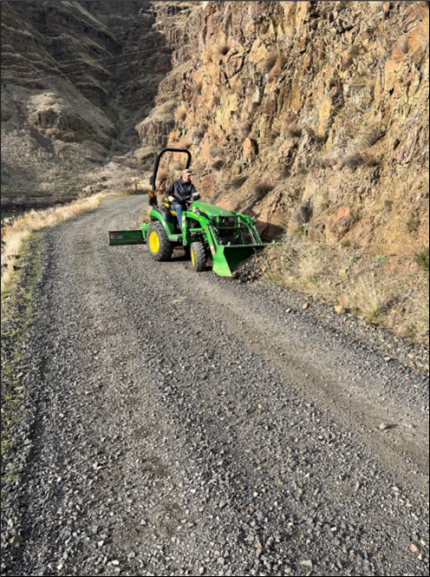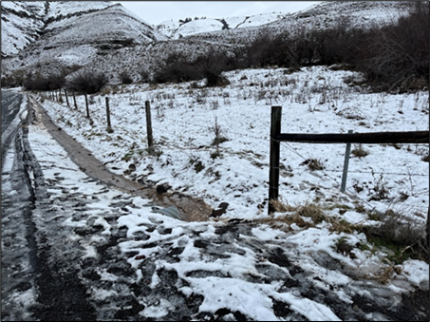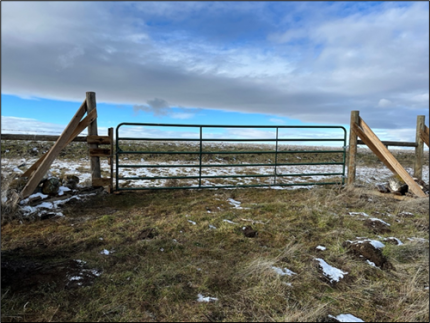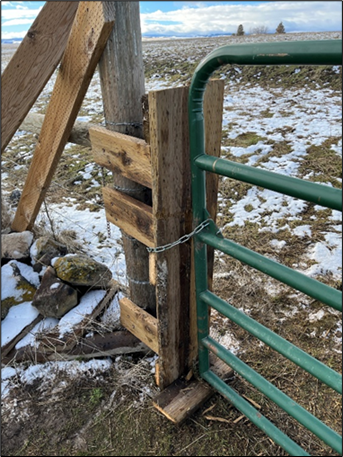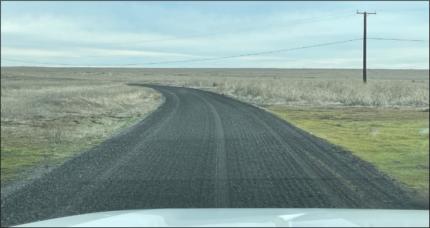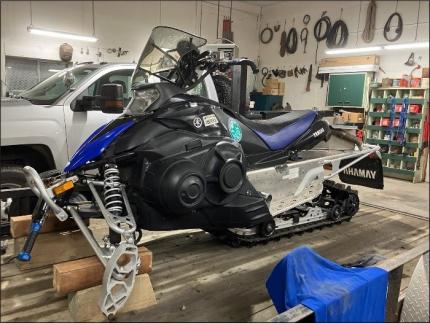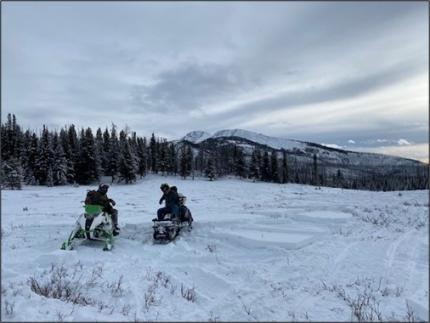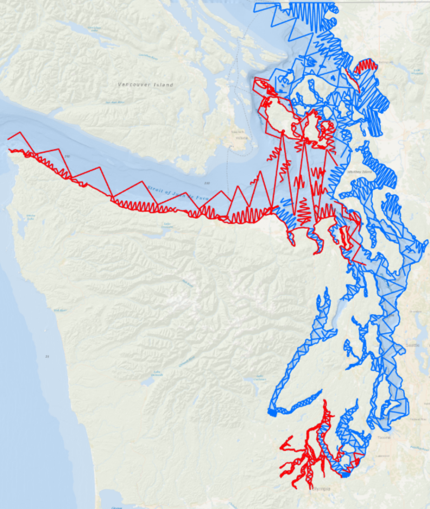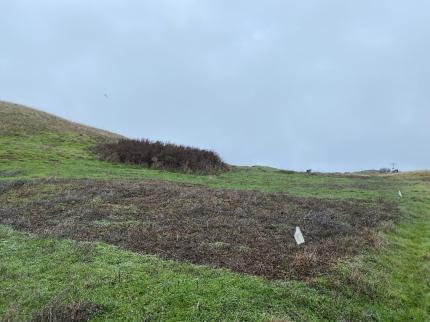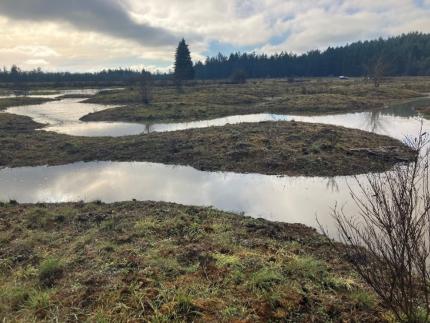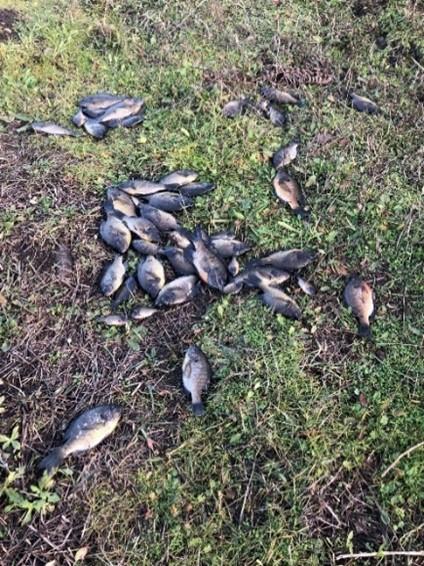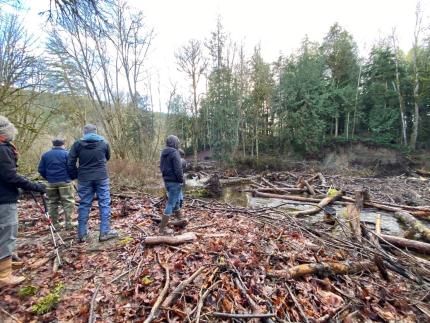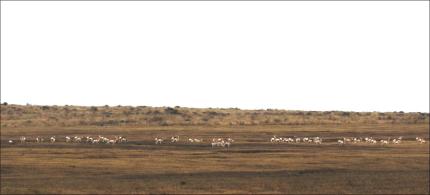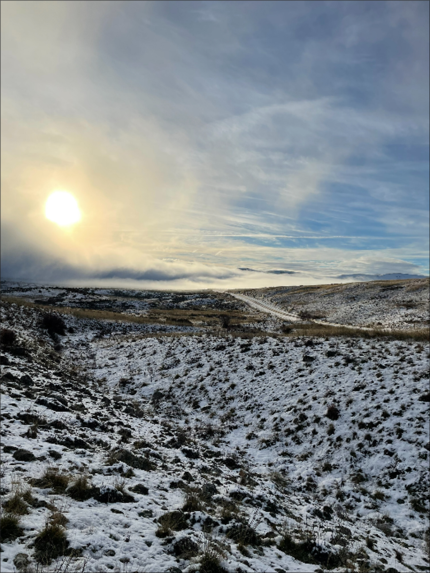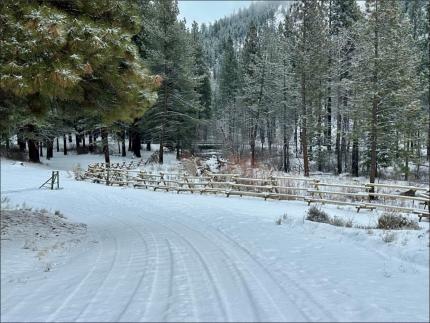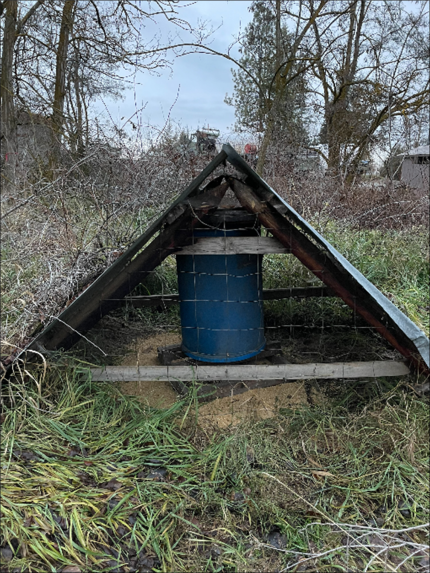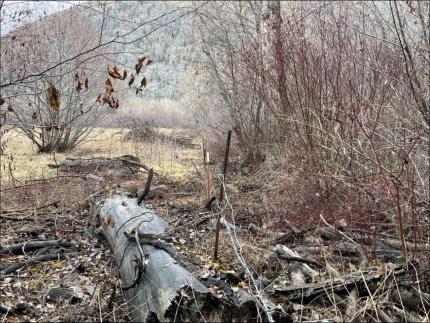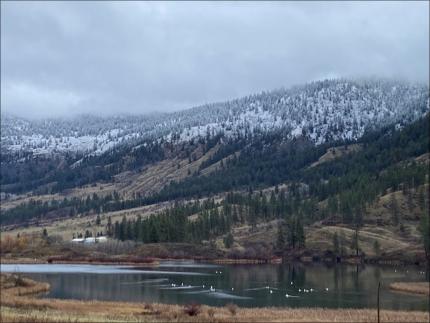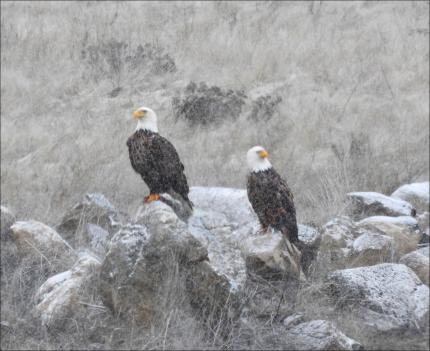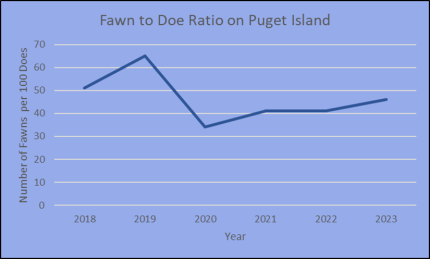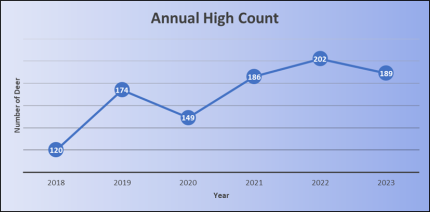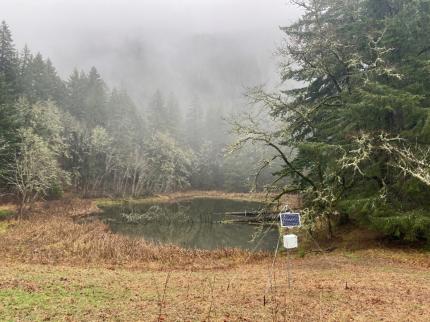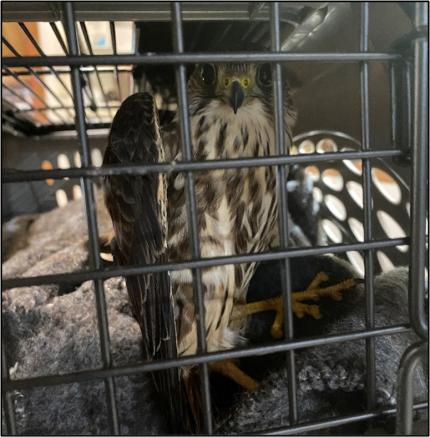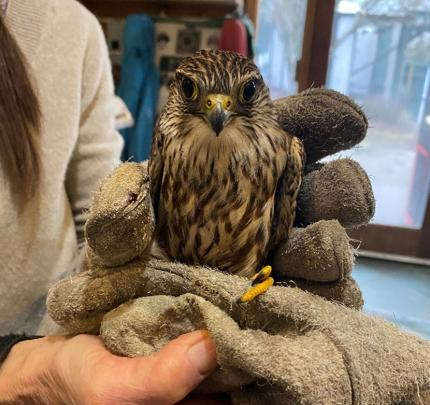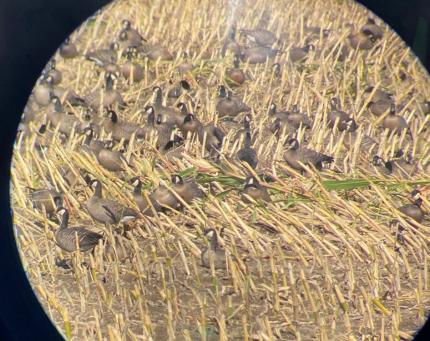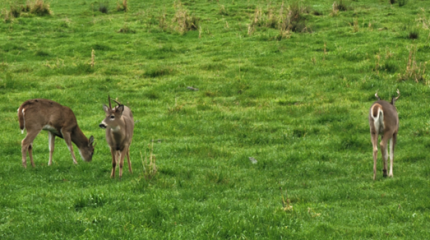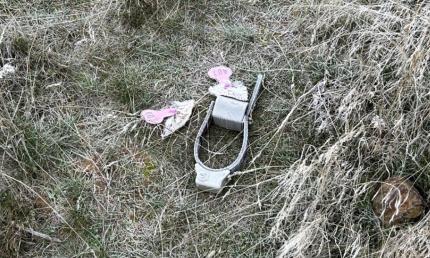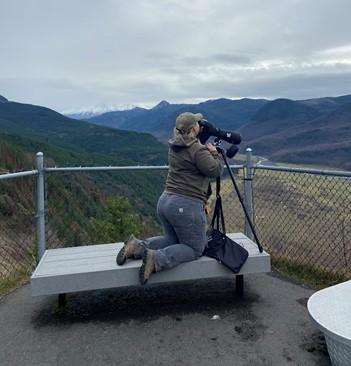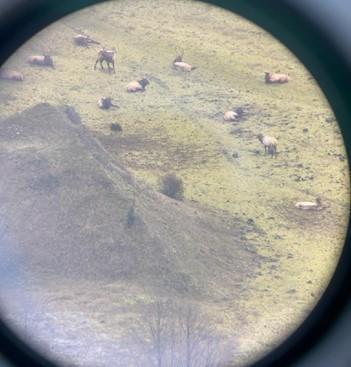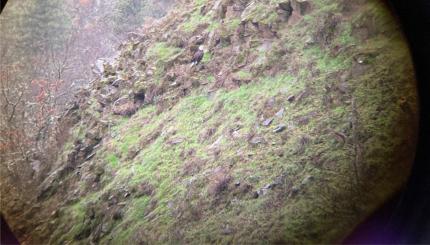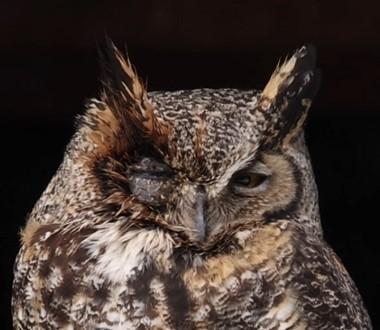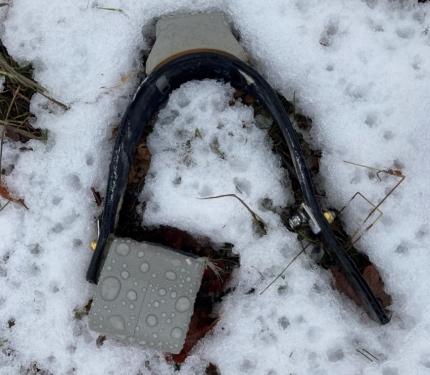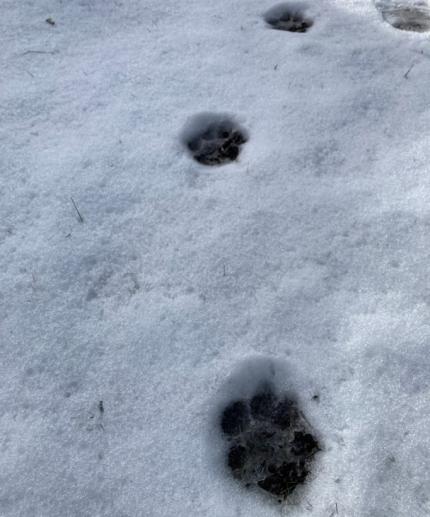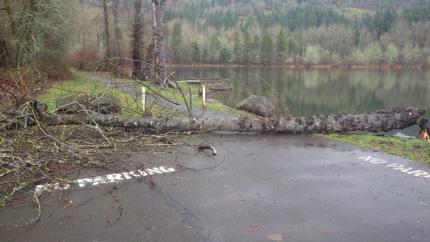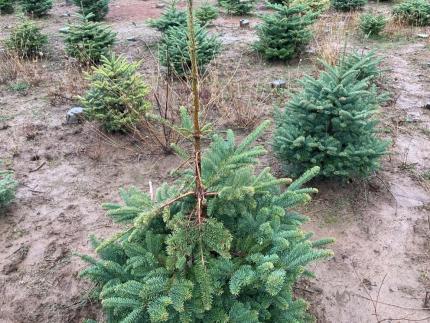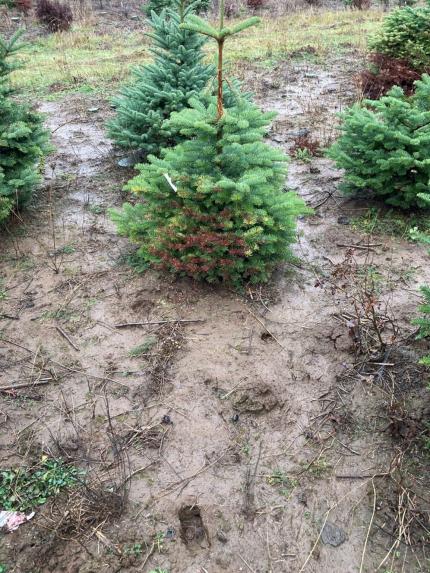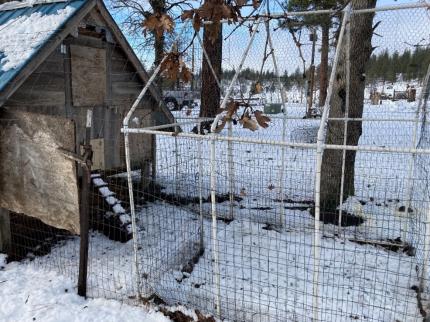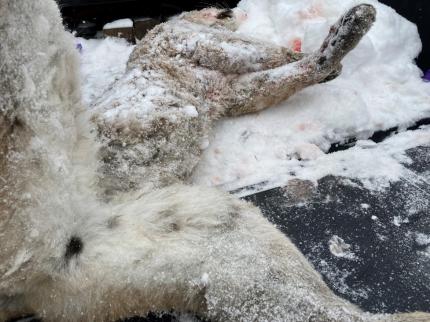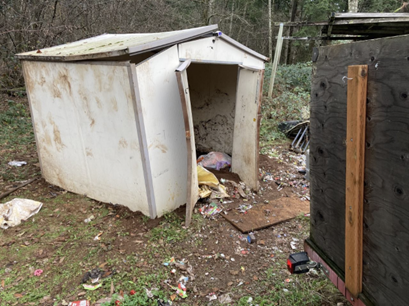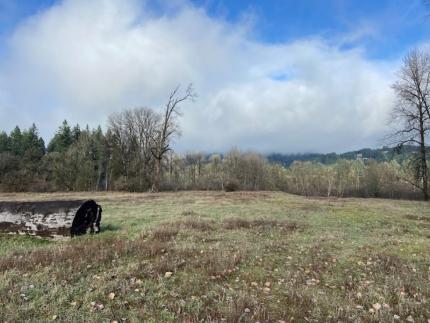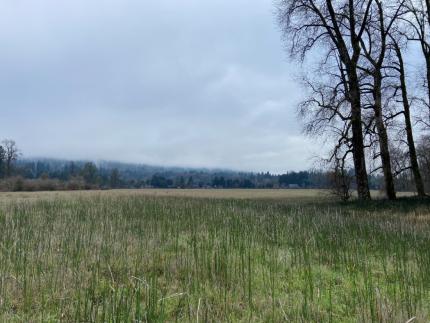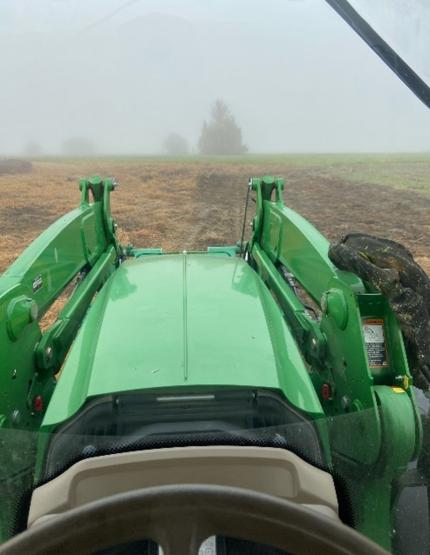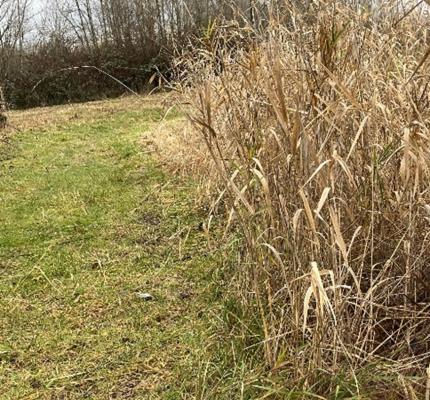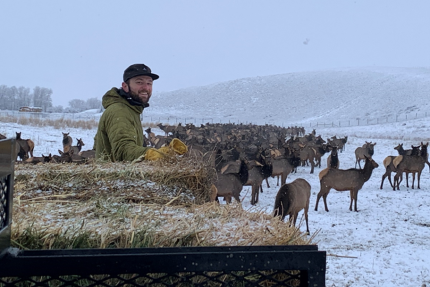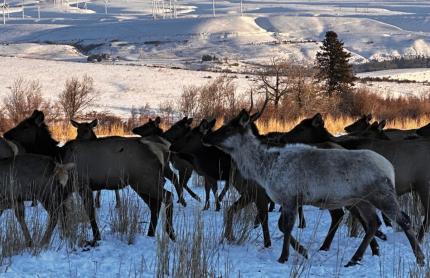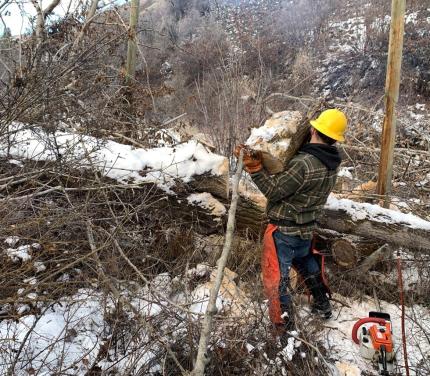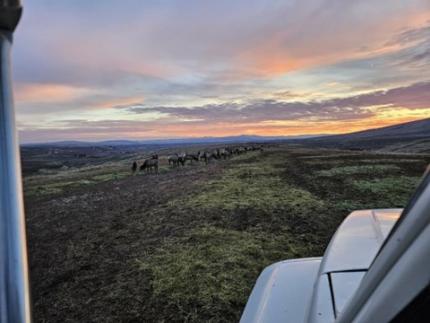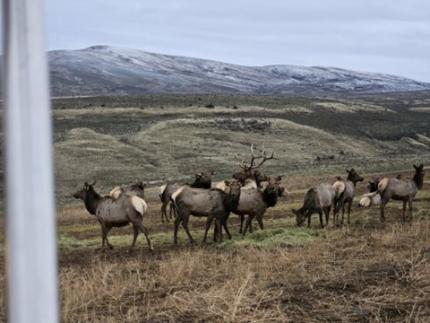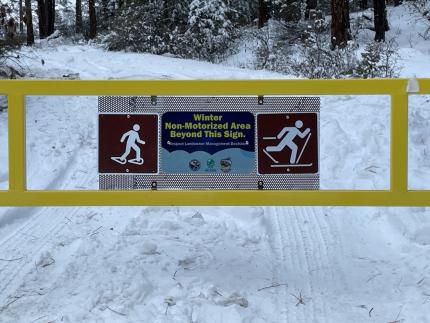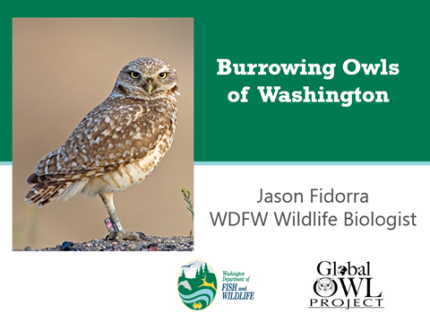Biweekly report Jan1-15 2025 - Region 6 (Coastal)
Managing Wildlife Populations
Sea duck, marine bird surveys: Biologist Murphie participated in the annual Puget Sound Ecosystem Monitoring Program (PSEMP) winter marine bird and mammal survey effort, as a primary observer. These surveys have been conducted since 1992 and sample the inland marine waters of Washington. Biologist Murphie has participated in this effort since 1995. Observers identify and count all birds and marine mammals seen within a fifty-meter strip on either side of the survey aircraft. The current survey track line extends more than 4,000 miles. So far, the crew has completed more than 80% of the effort. The figure below shows the track lines covered so far (blue lines) and the track lines remaining (red lines), as of January 9. Not shown is effort conducted on January 12, which covered areas west of Port Angeles.
Dusky Canada Goose: Biologists Cent and Novack continued the bi-monthly surveys of Dusky Canada Geese.
Highly Pathogenic Avian Influenza (HPAI): Washington had its first confirmed case of HPAI in snowy plovers in November. Since the discovery, Washington Department of Fish and Wildlife (WDFW) biologists have begun regularly patrolling Midway Beach in search of sick or dead plovers. Biologist Cent continued these efforts and has yet to find any, though she did count 30 healthy plovers along the stretch of Midway Beach, 11 of which were banded. She also spotted a banded streaked horned lark. The lark was banded over the summer at Midway beach by Ecostudies Institute and was equipped with a GPS unit.
Swans: Every January, District 17 biologists survey the Chehalis Basin to count trumpeter and tundra swans. This survey is done from the road using binoculars and spotting scopes. Biologist Cent and Novack have attempted the survey three times, but the swans have so far been proving elusive. The largest flock of swans is frequently found in a wetland near the Chehalis Wildlife Area. Unfortunately, they are very difficult to count when they are foraging in the wetland, as tall wetland vegetation blocks visibility. Biologists will make another attempt to count the swans later this month.
Brant: Biologist’s Novack and Cent conducted a ground survey for Brant geese in Willapa Bay. This survey is attempted every January. Almost 2,500 brant were seen during this survey which is close to the average seen across the 64 years since the first survey was initiated.
Western pond turtle. Biologists Butler and Tirhi represented District 11 at the annual western pond turtle working group meeting. The working group is comprised of state, federal, and local jurisdictions; Woodland Park Zoo and Oregon Zoo, and other partners focused on recovery of the state listed and federally under-review pond turtle.
Oregon spotted frog. Biologists Butler and Tirhi represented District 11 at the annual Oregon spotted frog working group meeting. The working group is comprised of state, federal, and local jurisdictions; Woodland Park Zoo and Oregon Zoo, and other partners focused on recovery of the state and federally listed spotted frog.
Pocket gopher mitigation ratios. Biologist Tirhi arranged a meeting with headquarters staff members to discuss the creation of scientifically supported habitat mitigation ratios for impacts to listed Mazama pocket gopher. WDFW would provide these mitigation ratios to applicants seeking federal Habitat Conservation Plans for listed species.
Streaked horned lark. Biologist Tirhi and Mazama pocket gopher species lead LeGrande met several times with the Port of Olympia/Olympia Airport to discuss continuing with abundance surveys on the airport in 2025 and beginning a new survey approach. WDFW greatly appreciates the collaboration with the Port of Olympia and the Olympia Airport staff members.
Providing Recreation Opportunities
Sealing game species. Biologist Tirhi processed and sealed two bobcats for local District 11 hunters.
Duckabush Cleanup: Wildlife Area Manager Laushman and Technician Norris assisted Officer Barabasz and Officer Hillman with cleanup at the Duckabush Unit.
Providing Education and Outreach
General Wildlife Inquiries: Biologist Murphie responded to inquiries received by phone or email related to elk, deer, bald eagles, duck hunting, an osprey nest removal request, and AI related sampling.
Conducting Business Operations and Policy
New biologist position. Biologist Tirhi spent significant time working with WDFW’s Human Resources (HR) section on posting a new assistant district biologist position for District 11. A skills and species scorecard for ranking candidates was crafted, along with creating two interview panels, phoning candidates for interviews, and scheduling nine candidates for interviews. WDFW received 165 applications which HR narrowed down to 29 who qualified, of which nine will be granted first round interviews.
Aquatic Species Restoration Plan reporting. Biologist Tirhi spent significant time balancing budgets for funds received in 2024 for Oregon spotted frog recovery work through the Chehalis Basin Strategy, Aquatic Species Restoration Plan (ASRP). Tirhi worked with WDFW billing section to correct and balance budgets and submitted the mandatory quarterly ASRP progress reports for two grants.



















